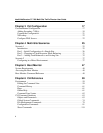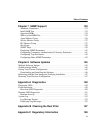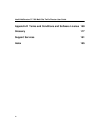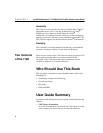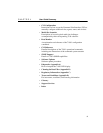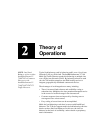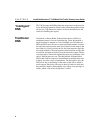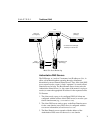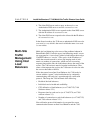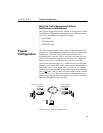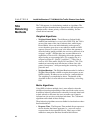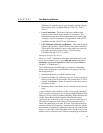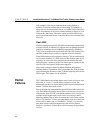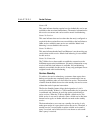
C H A P T E R 2Intel® NetStructure™ 7190 Multi-Site Traffic Director User Guide
6
“Intelligent”
DNS
The 7190 leverages the DNS architecture and protocol as the basis for
its site balancing operations. Based on the information gathered from
all sites, the 7190 returns the address of the site that best meets the
criteria for fulfilling the request.
Traditional
DNS
Traditional, or Round Robin, Domain Name Service (DNS) is a
rudimentary means of server load balancing. Under this method, a
single hostname is mapped to a list of multiple server IP addresses.
When the DNS server resolves a request for that hostname, it returns
the entire list to the requestor, then sorts it (the first name drops to the
end of the list). Upon receiving the list, the client requestor typically
uses the first address. The next requestor of the hostname receives the
resorted list, and again most likely uses the current first name. The list
is resorted again, so that each sequential request sees a different “first
choice” than the previous one. The chief benefit of Round Robin
DNS is that it allows requests to be distributed to multiple hosts and,
in theory, provides a layer of redundancy. On the negative side, the
DNS server has no knowledge of the status of the sites to which it
sends requests. Receiving sites may be heavily loaded or dead, thus
the potential is high for unacceptably slow replies error messages to
clients, which is out of the site operator’s control.



